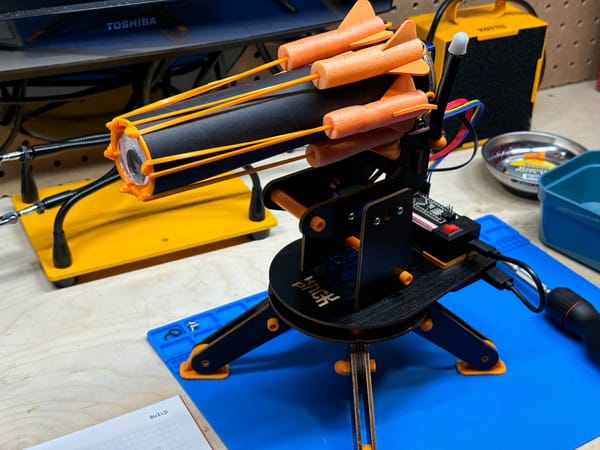What to Avoid When Choosing a KVM? A Dell 2161DS-2 Review
Streamline your home lab with the Dell 2161DS-2 KVM switch. Discover its innovative cable management and pitfalls of Java dependency in this retrospective review. Is it still a viable option?

A KVM switch—short for keyboard, video monitor, and mouse—is an essential device for server administrators, allowing these peripherals to be shared across multiple computers. The Dell 2161DS-2, released in 2007, exemplifies a class of KVM switches tailored for server room environments. With support for up to 16 computers (and up to 256 with add-on modules), it remains a notable solution for managing large server arrays. However, its aging remote control functionality highlights challenges in long-term usability.

One of the perennial issues with KVM switches is cable clutter. The 2161DS-2 addresses this problem by utilizing system interface pods (SIPs) to connect servers via standard CAT5 cabling. This innovation significantly reduces cable bulk, simplifying management and minimizing errors. Instead of grappling with multiple bulky cables, administrators only need to manage a single, streamlined connection per machine.

Operating the 2161DS-2 is straightforward. A double-tap of the CTRL key brings up the On-Screen Configuration and Activity Reporting (OSCAR) control menu. This menu allows users to configure the switch or select a computer to control. Advanced options are accessible by connecting the switch to a serial port, offering flexibility for fine-tuned management.

In modern server rooms, especially those located remotely, network connectivity is a must-have for KVM switches. It's also quite practical in home labs. A remote KVM solution enables administrators to manage servers’ low-level configurations—such as BIOS or RAID settings—when out-of-band solutions (like iPMI. iDrac or iLO) are unavailable. The 2161DS-2 includes a web-based remote interface, functional but dated by today’s standards. Its greatest weakness lies in its remote control implementation.

The 2161DS-2 relies on a Java WebStart application for remote control, which requires Java 1.6. While some users have managed to make it work with Java 7, compatibility with Java 8 and beyond is non-existent. This limitation is compounded by the fact that macOS is entirely unsupported, and the device’s code-signing certificate has expired, raising significant security concerns.

Administrators using modern systems are often left scouring for outdated Java versions—a risky and cumbersome process—just to access the remote functionality. The reliance on Java effectively sets a countdown timer on the device’s usability, a challenge not unique to Dell but common across many older KVM solutions, including models from Avocent and Raritan. Notably, the Dell 2161DS-2 is a rebranded Avocent switch, carrying over these limitations.
Hardware longevity in KVM switches hinges on choosing reliable, future-proof protocols. Devices like the ADDERLink ipeps, which leverage open standards such as VNC, have demonstrated resilience in the face of evolving software ecosystems. Released in the same year as the 2161DS-2, the ipeps remains a favored choice on the used market, maintaining high resale value due to its protocol independence.
Despite its innovative features at launch, the Dell 2161DS-2 struggles to remain viable as a remote KVM solution. Its reliance on Java, combined with the end-of-line status, makes firmware updates or modern compatibility fixes unlikely. For administrators evaluating remote KVM solutions today, assessing the underlying technology—especially remote access protocols—is critical to ensuring the longevity of their investment.




